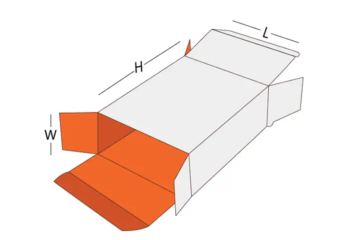Everyone should know how to do CPR. First-aid training can be useful in several emergencies, especially for caregivers and parents. This is because knowing CPR could save your infant’s life.
Unfortunately, adult CPR certification does not qualify you to perform CPR on infants or children. This is because you must follow different procedures when conducting CPR for infants. How? Scroll further below.
CPR for Infants: 5 Essential Techniques to Know
Parents should be cautious about learning the proper techniques for infant CPR, as this can be helpful in emergencies when the child’s breathing or heartbeat has stopped. That is why parents must know some essential techniques like:
- Check for Responsiveness
Tap the infant’s foot or shoulder gently and call out. If the baby is unresponsive, move on to the next step. Check the child’s breathing and pulse. Remember to call the emergency helpline number immediately after initiating CPR.
- Give 30 Chest Compressions
Put the infant on a hard, flat surface. Take two fingers to find the center of the chest below the imaginary line between the nipples. Push down to around 1/3 the thickness of the child’s chest at a rate of 100 to 120 compressions per minute.
Maintain a steady rhythm when giving chest compressions. Ensure that the compressions are firm and at the correct depth. Keep counting to maintain the proper rate and consistency.
- Open the Airway
Gently tilt the child’s head back, being careful not to tilt it too far. Then, lift the chin slightly to open the airway. Ensure there is no obstruction in the throat or mouth that could impede breathing. Maintain this position while delivering rescue breaths for better ventilation.
- Give Two Breaths
Cover the infant’s mouth and nose with your mouth to create a seal. Give two gentle breaths, observing the chest rise, then release.
Deliver each breath for at least one second. Pause briefly after giving two breaths to allow the release of air from the infant’s lungs.
- Continue Giving CPR
CPR for infants must continue until advanced healthcare professionals arrive at the scene. The procedure helps maintain blood flow to the child’s brain and other vital organs.
If you are alone, give CPR for at least two minutes before stopping to call for help. Continue CPR once you have called for medical assistance.
Taking a CPR Certification
The best way to prepare for an emergency requiring CPR is to take a certification course. This proves beneficial for caregivers or parents who can learn more about CPR for infants. Several organizations customize such certifications to cater to those age groups. Their benefits include:
- Emergencies Can Happen Anytime
No one ever expects emergencies as they go about their day. That is why it is important to learn CPR for infants ahead of time. Cardiac arrest can happen at home, at school, or anywhere in the community. CPR is an important skill that can help save an infant’s life when their breathing or heart stops.
- Every Second Counts
It takes rescuers or advanced healthcare providers some time to arrive at the scene. The chance of survival may drop for a child experiencing sudden breathing issues. CPR can significantly improve their chance of surviving when you take prompt action as a bystander.
- CPR Prevents Brain Death
An infant suffers permanent brain damage when they do not receive enough blood flow and oxygen to their brain. Giving CPR can help prevent brain damage and death by keeping oxygenated blood moving inside the body.
- Anyone Can Learn CPR
CPR is a lifesaving training that proves beneficial for everyone. It can give you the skills and confidence to act in any emergency and save a child’s life. CPR classes also offer flexibility to learners in terms of attending classes. For instance, you can do the certification course on weekends if you are a working professional. You can also take the same course online while sitting in the comfort of your home.
- Confidence to Act When Needed
Infants require immediate care in emergency situations. CPR instruction gives you the skills and confidence to perform the procedure when needed the most. With proper CPR training, you can respond swiftly and effectively to save the infant’s life.
Final Thoughts
Following the simple steps discussed above will help you provide CPR for infants, ensuring you remain prepared for every emergency situation involving a child or infant. It is essential to complete a comprehensive training course to be fully prepared to offer emergency care. Online refresher materials are also available to help you retain the knowledge you gained regarding CPR for infants. Additionally, you can access a printable list of the basic steps for performing CPR, enabling you to keep the details and information you need at your fingertips.
These convenient and thorough courses are available in several organizations and help increase your confidence as a caregiver or parent. Register today to learn CPR!



